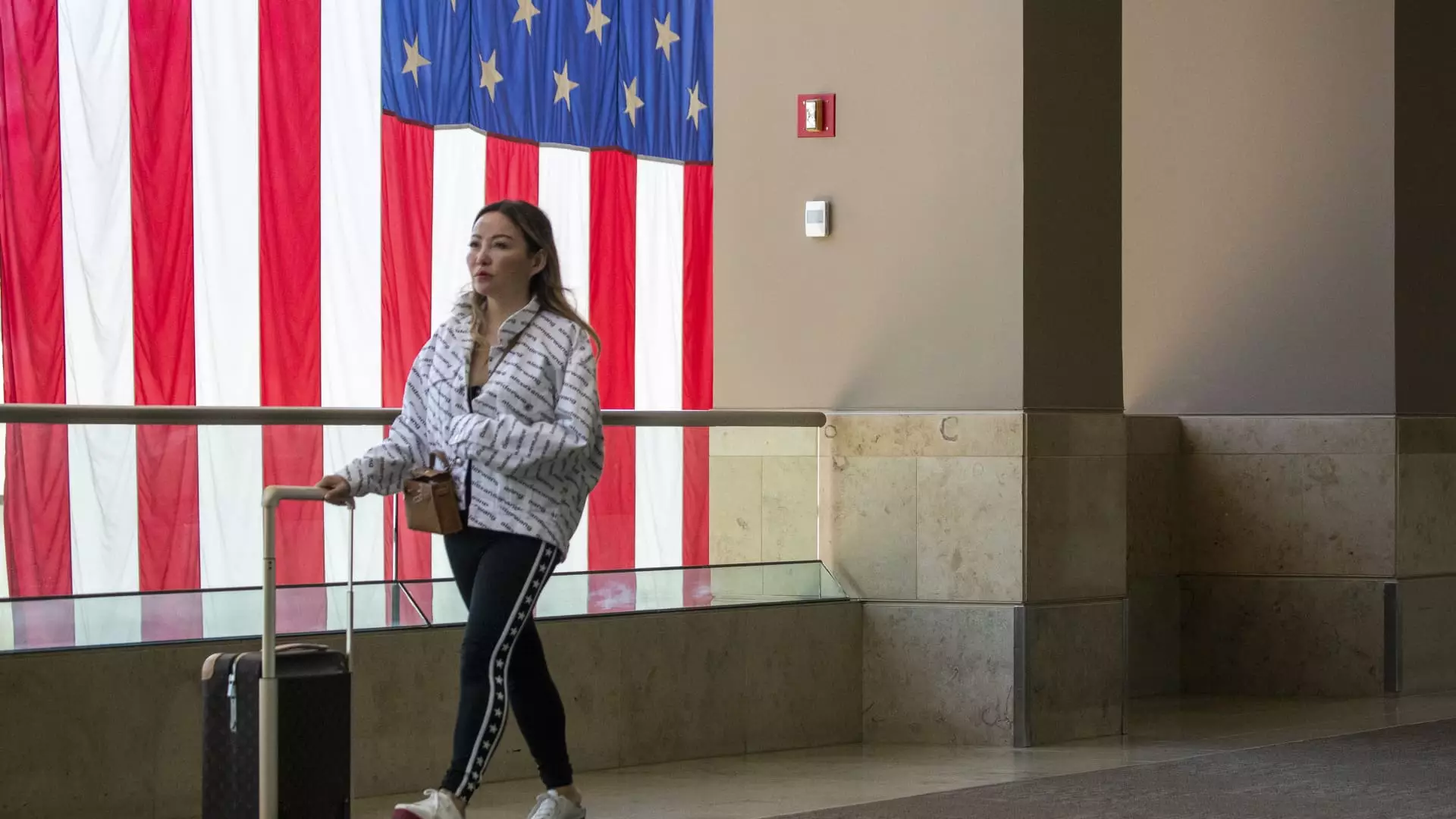The steep plunge in Canadian visitors to the United States during the first half of 2025 underscores more than just seasonal fluctuations; it highlights underlying economic anxieties and geopolitical tensions impacting travel patterns. A nearly 19% drop from Canada signifies a significant break in longstanding travel trends, signaling that Canadian consumers and tourists are re-evaluating their international leisure and business plans. This decline is unsettling for US border cities and tourism-dependent regions that have historically relied heavily on Canadian travelers. The reduction is not just a numbers game but an indicator of waning consumer confidence, influenced by economic uncertainty and possibly the lingering effects of political tensions, exchange rate fluctuations, and immigration policy changes.
Crucially, the period also saw a considerable drop in overall international visits, concomitant with a nearly $2 billion reduction in travel spending. Such figures reveal that the decline from Canada alone is having ripple effects across the hospitality, transportation, and entertainment sectors. The sharpest decrease in visitation during June suggests that this trend is not fleeting but may be rooted in deeper, structural shifts. If these patterns persist into the latter half of 2025, the US travel industry could face sustained challenges, with destinations forced to recalibrate marketing strategies, build resilience, and explore new markets.
Opportunities in a Changing Market: The Rise of Mexico and Adaptive Strategies
While Canadian departures declined sharply, the travel landscape in North America is adjusting with noticeable resilience owing to an unexpected surge from Mexico. A 14.8% increase in Mexican visitors in June, totaling nearly half a million travelers and almost $500 million in spending, demonstrates that regional dynamics are shifting. This influx offers a valuable lifeline to destinations that might otherwise suffer from declining Canadian numbers, although it also exposes the vulnerabilities of the traditional US-centric marketing approach.
This shift signals an opportunity for US destinations to deepen their engagement with Latin American markets and diversify their visitor base. Moreover, it suggests that political or economic factors influencing Canadian travel—such as rising costs, visa restrictions, or currency challenges—may be prompting travelers to seek alternatives. Industry stakeholders, including hotel chains and entertainment giants, must consider these evolving patterns when planning future investments. The resilience shown by Mexican visitors also invites a reevaluation of marketing efforts, language accessibility, and cultural outreach to harness long-term growth from Latin American markets.
Implications for the Broader Industry and Policy Challenges Ahead
The travel industry’s response to these shifts might be pivotal in shaping the sector’s future. Major players like Hilton, Wyndham, and casino operators are likely to feel the effects of fluctuating international visitation—impacting earnings and strategic planning. The anticipated decline in Canadian and Mexican visitors could result in reduced revenues for tourism hubs like Las Vegas, prompting a reassessment of promotional efforts and service offerings targeted at international audiences.
Compounding these challenges are looming policy changes. Proposed cuts to marketing budgets and increased visa fees threaten to further dampen international interest, especially as global competition intensifies. The upcoming World Cup, a magnet for global travelers, might provide a short-term boost, but sustainable growth hinges on policy stability and proactive industry adaptation. The willingness of US destinations to innovate in marketing, build stronger ties with emerging markets, and advocate for supportive policies will determine whether they can rebound and thrive despite these hurdles. Ultimately, 2025 may become a turning point—a test of resilience and ingenuity amid shifting global travel currents.


Leave a Reply